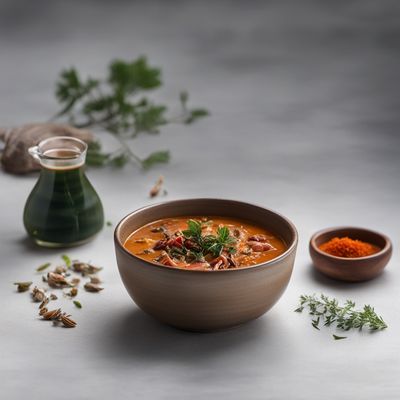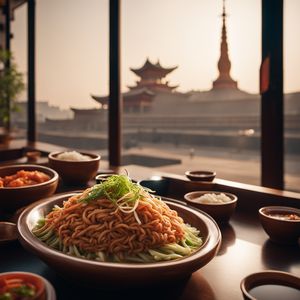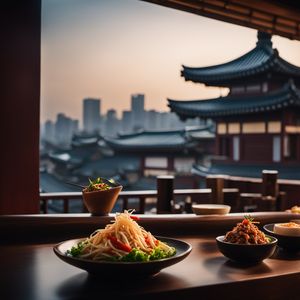
Dish
Beondegi Soup
Silkworm Pupa Soup
Beondegi soup is made by boiling silkworm pupae in a broth made with soy sauce, garlic, and other seasonings. The pupae are then strained out and the broth is served hot. The soup has a strong, earthy flavor and a slightly chewy texture. It is often served as a snack or appetizer in Korea. While some people may find the idea of eating silkworm pupae unappetizing, they are actually a good source of protein and other nutrients.
Origins and history
Beondegi soup has been a popular street food in Korea for centuries. It is believed to have originated during the Joseon Dynasty (1392-1910), when silkworm pupae were a common food source. Today, it is still a popular snack in Korea and can be found at street vendors and markets throughout the country.
Dietary considerations
Beondegi soup is not suitable for vegetarians or vegans. It may also not be suitable for those with shellfish allergies, as the pupae are similar in protein structure to shellfish.
Variations
There are many variations of beondegi soup, with different regions and vendors using different seasonings and cooking methods. Some versions may include vegetables or other ingredients in the broth.
Presentation and garnishing
Beondegi soup is typically served in a small bowl or cup, garnished with chopped green onions or other herbs.
Tips & Tricks
To enhance the flavor of beondegi soup, try adding a splash of vinegar or a squeeze of lemon juice before serving.
Side-dishes
Beondegi soup is often served with a side of rice or other grains. It can also be served with kimchi or other pickled vegetables.
Drink pairings
Beondegi soup pairs well with light, refreshing drinks such as green tea or barley tea.
Delicious Beondegi Soup recipes
More dishes from this category... Browse all »

Ahuatle
Mexican cuisine

Anticucho de suri
Peruvian cuisine
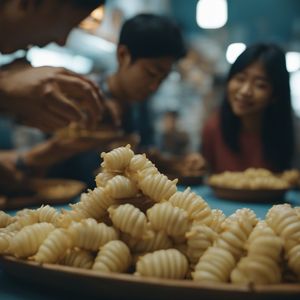
Beondegi
Korean cuisine
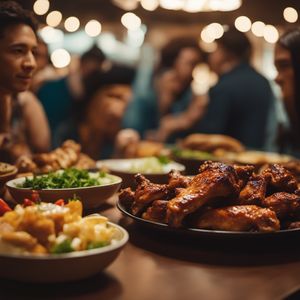
Catatos
Filipino cuisine

Chapulines
Mexican cuisine
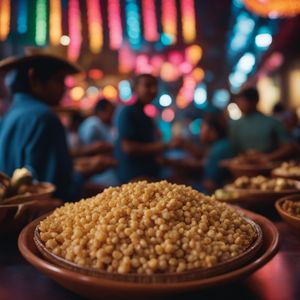
Chicatanas
Mexican cuisine
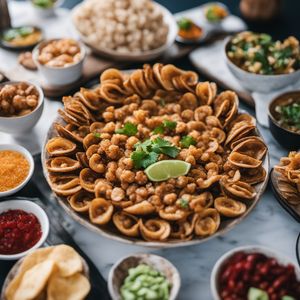
Chinicuiles
Mexican cuisine

Cuchamas
Mexican cuisine
